The pretty little marigold with it’s flowers ranging from yellow, through orange, to red, is a welcome sight in any garden. Flowering from Spring and continuing to flower until the first frosts (as long as you deadhead) this annual is a good value, beneficial, cheerful plant. By planting the marigold in companion with other plants you will have a healthier and prettier garden.
What Are Marigolds?
There are 2 different types of marigold grown in the UK, 3 if you include the “pot marigold”(calendula). The calendula is not really a marigold at all but is still a beneficial plant to grow in companion with others in your garden. This post is dedicated to the Tagetes genus, which make up the other 2 types of marigold.
They are known commonly as French and African marigolds. Both of these are beneficial as companion plants and some space should be allocated in your garden for at least one of these varieties. But what I hear you ask of the Mexican or Aztec and the American marigold well all will be revealed.
French Marigolds(Tagetes patula)
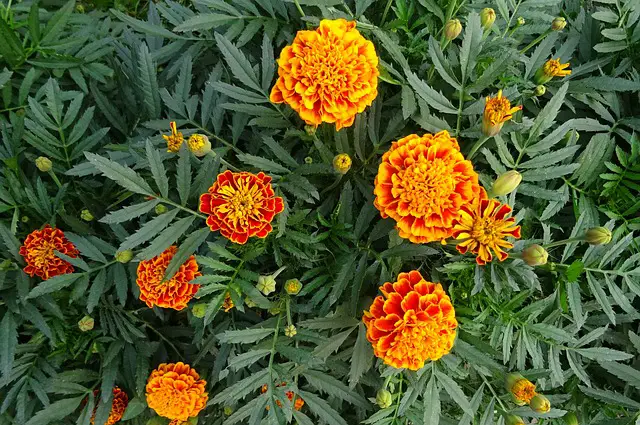
The French Marigold is the smallest of the 2 and is probably the most recognisable to the average gardener. Growing to a height of 20-30 cms (10-12 inches) the French marigold is commonly grown in window boxes, hanging baskets, pots and formal garden displays and is a much favoured annual. They flower from Spring to Autumn as long as they are regularly deadheaded.
If allowed to set seed they will grow the following spring in great profusion, but allowing them to set seed will stop them from producing any more blooms in the current year. The best way around this is to grow them in large clumps and allow some to set seed whilst regularly deadheading the rest.
African Marigolds(Tagetes erecta)
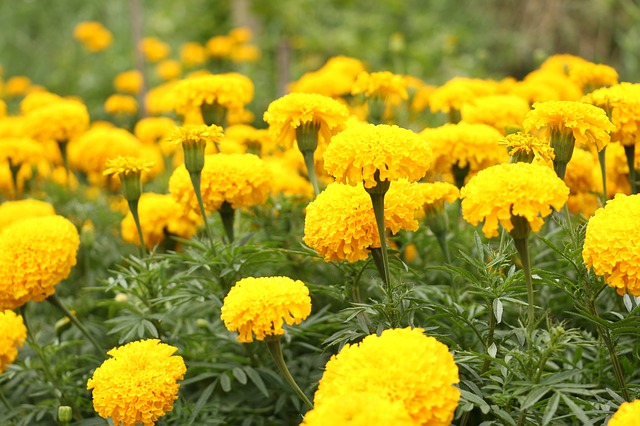
Otherwise known as Mexican, Aztec or American marigolds, African marigolds grow larger plants with much larger blooms than their French counterparts. Also grown as annuals, they are much more tolerant of hot, dry conditions and their blooms can be up to 15 cms(6 inches) in diameter.
The same applies to deadheading, and seed saving as with the French marigolds. Grow African marigolds in areas which receive less rainfall than average and water sparingly because too much water will cause them to rot and die. Which ever variety of marigold you grow take care when handling as the natural oils contained in the plant can cause skin irritation.
What Are The Benefits Of Growing Marigolds?

Apart from their colourful display, marigolds offer many other benefits to the organic gardener. Marigolds secrete through their roots a chemical substance that keeps harmful nematodes like eel worms away. Once established these nematodes are difficult to eradicate as they can survive on many different roots including weeds.
To make sure an area is clear of nematodes, sow tagetes as a cover crop and hoe into the soil. The natural oils will remain in the soil for many weeks and will continue to repel harmful nematodes. The roots also encourage the growth of mycorrhizal fungi which exchange nutrients with host plants for their mutual health and growth.
According to collins dictionary, the term mycorrhiza is…
an association of a fungus and a plant in which the fungus lives within or on the outside of the plant’s roots forming a symbiotic or parasitic relationship
Marigolds also deter harmful beetles including bean beetles and asparagus beetles, leaf hoppers, white flies, tomato moths, cabbage white butterflies, cabbage moths and sweet corn moth. There have been some reports that marigolds also repel rabbits but I can find no evidence to support this. In fact there is actually evidence that supports the theory that rabbits eat marigolds.
Homemade Marigold Spray To Deter Pests
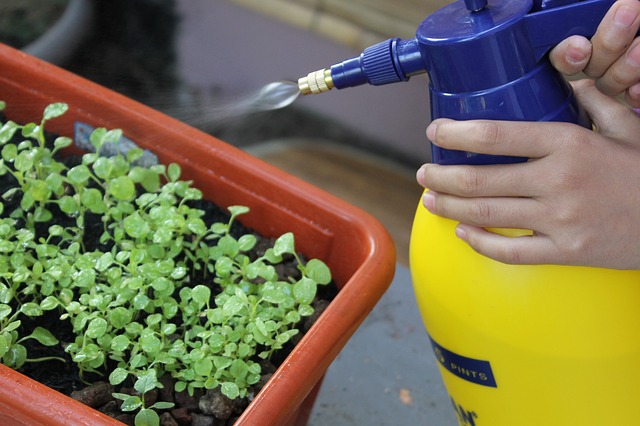
To prevent fungal diseases like blight in potatoes or tomatoes and mildew, make a marigold spray. Just add fresh marigold flowers, leaves and/or stems to a bucket, crush, and fill with water. Leave for 7 days then strain the liquid into a spray bottle,diluting with equal amounts of water.
Mix with soft soap to make it stick to your plants, this mixture will remain viable for about 2 weeks. After 2 weeks it will start to decompose and will smell disgusting. It’s them time to discard it and make some more if needed.
What Do Marigolds Attract?
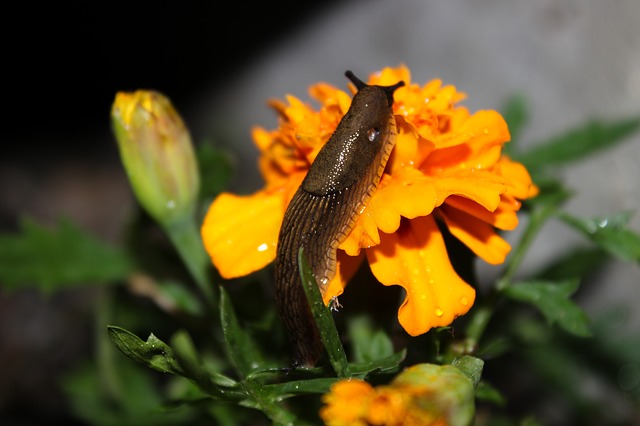
For all their many benefits, unfortunately marigolds are attractive to slugs and red spider mites. This can be used to your advantage however, by growing marigolds as a sacrificial plant. Keeping the slugs and/or spider mites away from your crops.
Marigolds also attract many pollinator insects including bees, butterflies and hover flies so it’s not all bad 🙂
Flowers To Plant With Marigolds
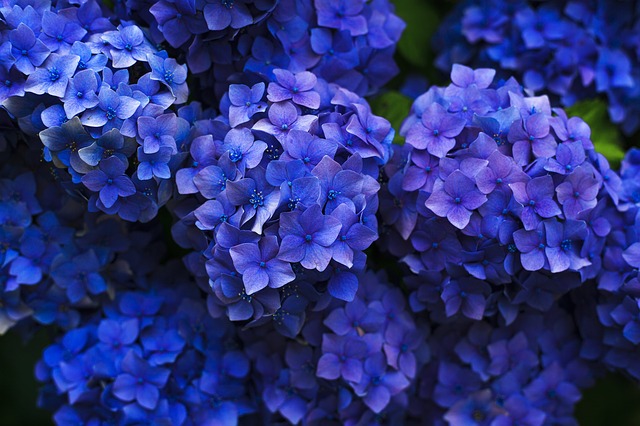
There are many ways to determine which flowers to plant with marigolds, by size, colour or style. As with all designs it is down to individual taste but as a guide try planting blue flowers like bluebells, anemones, violets or pansies. Or for more height try planting delphiniums, hydrangeas, or even aquilegia.
Companion Planting Marigolds With Vegetables

Marigolds make good companion plants for potatoes, tomatoes, basil, cucumbers, aubergines, squash, melons, asparagus, sweet corn, chillies and peppers.
Cabbages are adversely effected by marigolds and yet, they repel cabbage white butterflies and cabbage moths. To overcome this problem, try growing marigolds around brassicas but not within their root span.
Likewise beans don’t get on too well in close proximity to marigolds but the benefits can still be obtained by applying the same principle as with cabbages. Once marigolds are finished, hoe them into the soil to repel nematodes for much longer.
Marigold companion planting Calendula
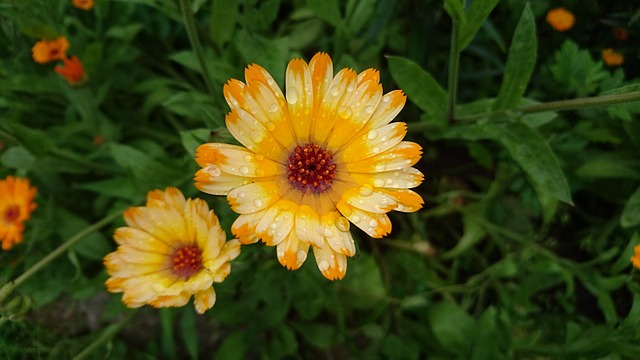
As the calendula is commonly called the pot marigold, garden marigold, and common marigold they are included in this post on the off chance they are what you’re searching for. The calendula is a hardy annual herb with a height and spread of 24 inches(60 cms). The flowers which bloom from spring through to autumn, range from yellow to orange. With light green, lance shaped leaves and aromatic smell.
These plants attract many beneficial insects including bees, butterflies and hover flies. They also attract slugs, snails and aphids. A good plant to grow as a sacrificial plant, but don’t grow them too close to your crops.
A prolific seed producer, this annual gives the impression of being a perennial and will grow in most soil types but prefers well drained soil. To keep a constant display of flowers deadhead regularly, and only allow them to set seed in late summer. Used in many culinary and medicinal recipes, the calendula is a good plant to grow in the herb garden.
Companion Planting Flowers With Vegetables
There are many flowers that can be planted in companion with vegetables to improve crops, not just marigolds. For much more information click here to go to companion planting flowers.
Commonly Asked Marigold Companion Planting Questions
Both French and African Marigolds deter nematodes and white flies and many other pests.
No French and African marigolds are annuals. That being said, they produce many seeds and will sprout next year if the soil is undisturbed.
Yes, although marigolds repel many pests, unfortunately marigolds attract slugs and red spider mites.
No this is a myth. Rabbits eat marigolds.
Unless you live in a hot climate where marigolds are perennials, Marigolds are grown as annuals, so they need to be replanted each year.
As marigolds are annuals they will not survive the winter in the UK. Frost kills marigolds.
By deadheading your marigolds, they will keep producing flowers until the first frosts. However if you leave some flowers to set seed, you will have a supply of marigolds for next season.
Ground elder is a difficult weed to clear from the garden especially if it’s established. It’s roots can spread rapidly throughout the garden sending up new shoots as it spreads. The only way to eradicate ground elder completely is to remove every piece of root.
The Mexican marigold (tagetes minuta) will inhibit the growth of ground elder. So by growing Mexican marigolds close by and removing Ground Elder roots regularly you will eventually clear this evasive root.

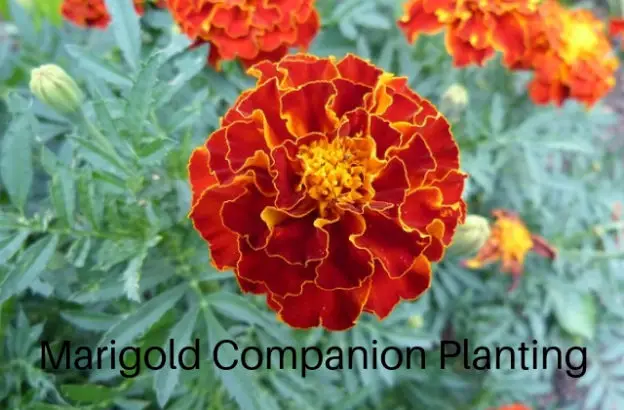
Pingback: Week Five – The Baker’s Cafe Community Allotment
Good day, can you please post links to prove the statement that marigolds are good companion plants of potatoes,, basil, cucumbers, aubergines, squash, melons, asparagus, sweet corn, chillies and peppers. I am familiar with the data that marigolds can assist in the control of root-knot nematodes and I could find literature on the positive effects of marigolds on the growth of tomatoes. However, I fail to find scientific reports on the positive effects of marigolds on the other listed crops (see above). Can you please help me by posting links proving that? Thank you for your help. Much appreciated.
Hi Rienie,
Personally I don’t have too much faith in scientific research, after all, before The Portuguese explorer Ferdinand Magellan circumnavigated the globe in 1519 it was scientifically proven that the world was flat.
Plus what is scientific fact today will be disproved by another scientist as fiction tomorrow.
However the Cornell university has a paper published on companion planting in which it states that marigolds enhance potatoes, roses, and tomatoes. They also list marigolds as a repellent plant for squash bugs,rabbits,nematodes, Mexican bean beetles, Japanese beetles, flea beetles, cucumber beetles, corn ear worms, Colorado potato beetle, cabbage maggot, and aphids.
By extension from that, just check which plants are afflicted by these pests and the conclusions are that marigold companion planting is a beneficial practise to the organic gardener.
Here’s the link to that paper. http://chemung.cce.cornell.edu/resources/companion-planting
I hope this helps you but gardening is not an exact science, as there are too many variables and my guides are really just that, guides.
The information contained within these posts have taken me many hours to accumulate and I hope it is of some benefit to others.
Thank you for taking the time to read my post and comment too, I hope this is of some help to you.
All the best
Steve
Thank you so much, Steve. I am busy with a course on permaculture and when I mentioned the benefits of marigolds on the various crops listed above, my tutor told me that, with the exception of tomatoes, there is no scientific proof that marigolds serve as a companion plant with positive effects on these crops. I may just add that I have always been (and still is) a huge fan of planting marigolds as companion for certain crops, especially in the organic garden or permaculture landscape. I appreciate your reply.
Thanks Rienie,
“Tutors”! I have a friend who entered the teaching profession after years as a petro-chemist.He told me most of the teachers in his school were basically teaching just from books and when questioned on any part of that book, they had no ideas of their own.
The old saying still applies I think, “Those who can do, and those who can’t teach”🙂
I hope you can convince your tutor but somehow I have my doubts, as many seemed blinkered. Have you heard of Mel Bartholomew’s Square Foot Gardening?
Mel questioned the ideas about sowing whole packets of seeds only to effectively kill off many in the thinning process. The old gardeners he asked said “it’s because we’ve always done it this way”.
Good luck with your permaculture course Rienie, permaculture is a great concept. It is of course based on the way plants grow in nature but tweaked to our advantage.
Thanks for your time and conversation.
Best wishes always
Steve